This is a medical device that currently monitors patient health including temperature, SpO2 blood oxygen saturation (more can be added later) for early detection of illnesses. This is designed to be able to communicate and interoperate with first class hospitals and healthcare facilities anywhere in the world.
It is an integrated solution using international medical device data standards and commonly available low-cost components, from the sensors to the smartphone.
It includes an architecture and solution that collects the vitals from sensors on a patient utilizing the Nordic nRF5340 to collect the data, perform any necessary parsing and transmits the data over Bluetooth to a Personal Health Gateway app on the phone which is based on the Nordic Light Button Service application.
Note: The MAX30101 Pulse Oximetry and LM35 Temperature sensor readings are currently being correctly received by the nRF5340 but the Bluetooth advertising is a work in progress so the Android app currently is showing placeholder data for the sensor readings.
The application will send JSON formatted data over HTTP to a Healthcare Integration Engine (using Nextgen Mirth Connect in this case) conformant with medical device data parameters from IEEE 11073 and FHIR (Fast Healthcare Interoperability Resources). The Healthcare Integration Engine maps the data to medical codes and formats using the SNOMED and LOINC healthcare standards for readings, measurements, and observations. This is then ready to be consumed by Electronic Medical Record systems used by any hospital, clinic, or physicians office using a FHIR-based Electronic Health Record.
With existing solutions, hospitals/clinics are limited in which devices they can receive data from, and medical devices are limited in which hospital/clinic their hardware is compatible with or potentially have to customize their product to be consumed by each hospital/clinic.
The unique benefits of this solution are to promote patient safety from properly structured and validated data, reduced workload on the receiving doctor/clinic/hospital by reducing the work of vetting, extracting, and ensuring the data is relevant and usable. The medical device vendor can reach more hospitals, clinics, doctors offices which use the international medical data standards. As this model matures, the library packages can potentially evolve to become included and upgradeable software and firmware that can be used in healthcare devices, thus reducing lead times for implementation.
Update: I went through multiple sensors to try to get the required biomedical readings but all of them had complete libraries only for Arduino. The majority of my time was spent trying to get non-functioning or incompatible sensor libraries to work with the Nordic Semiconductor hardware (writing Zephyr OS drivers which I was not expecting to do) so I ended up only getting the basics working with the the Nordic Semiconductor hardware.


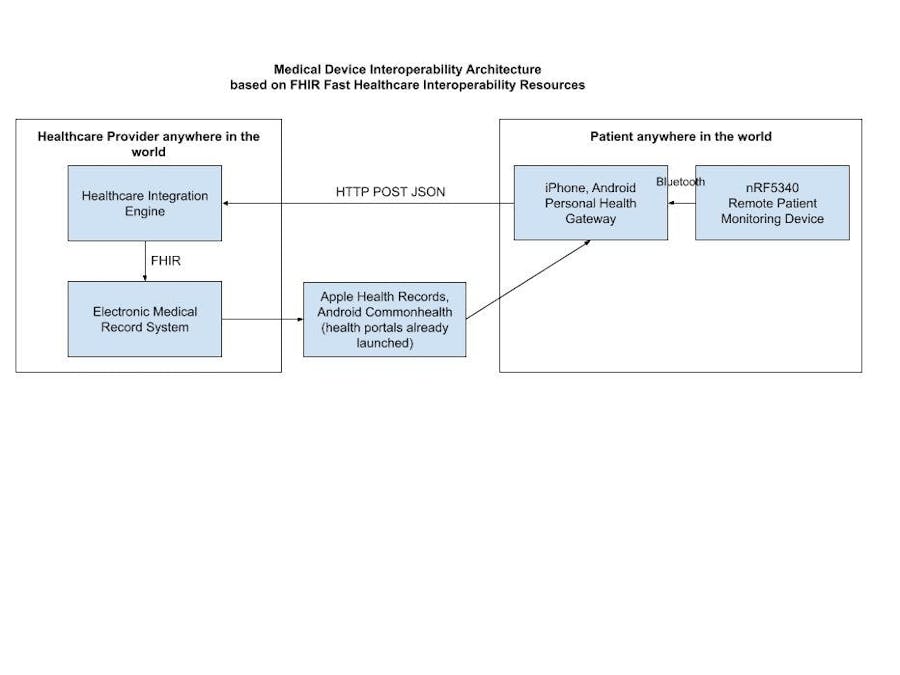




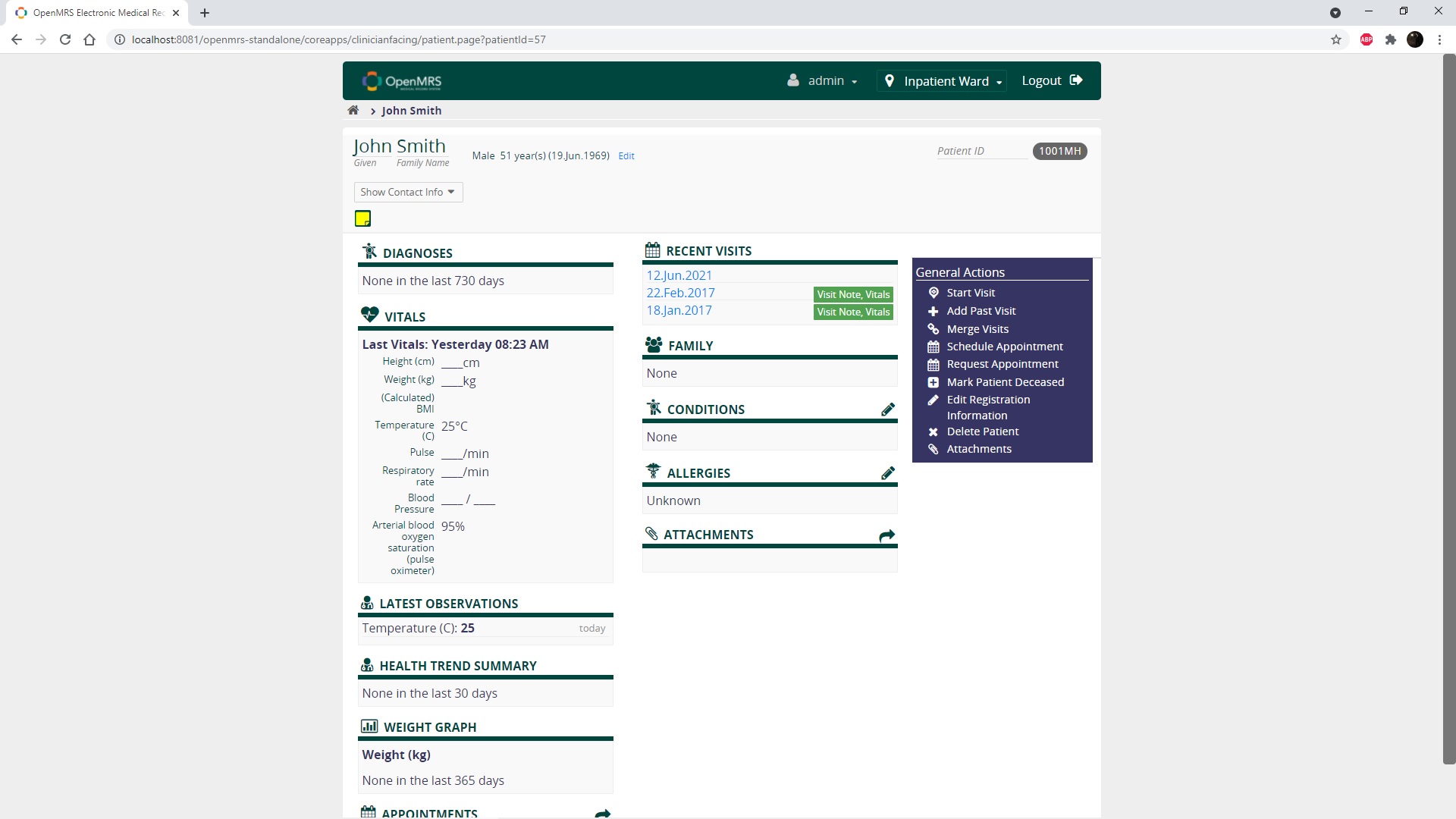
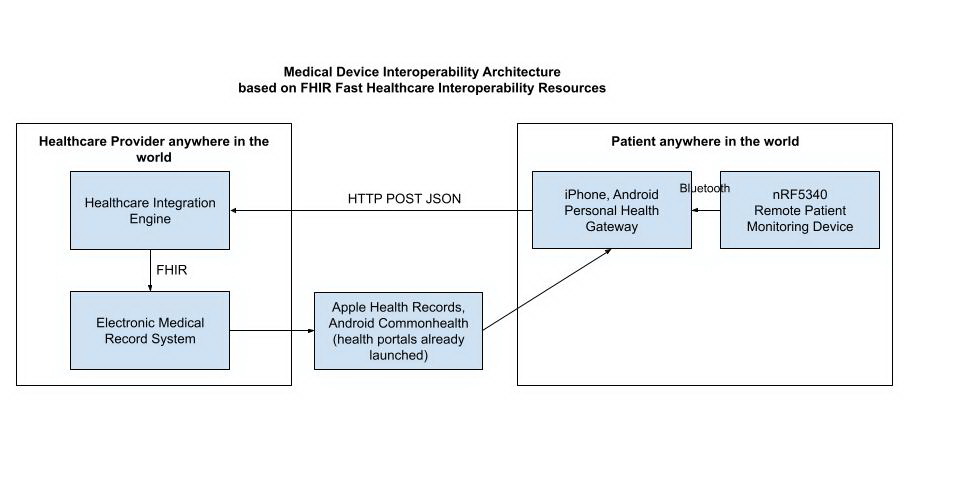
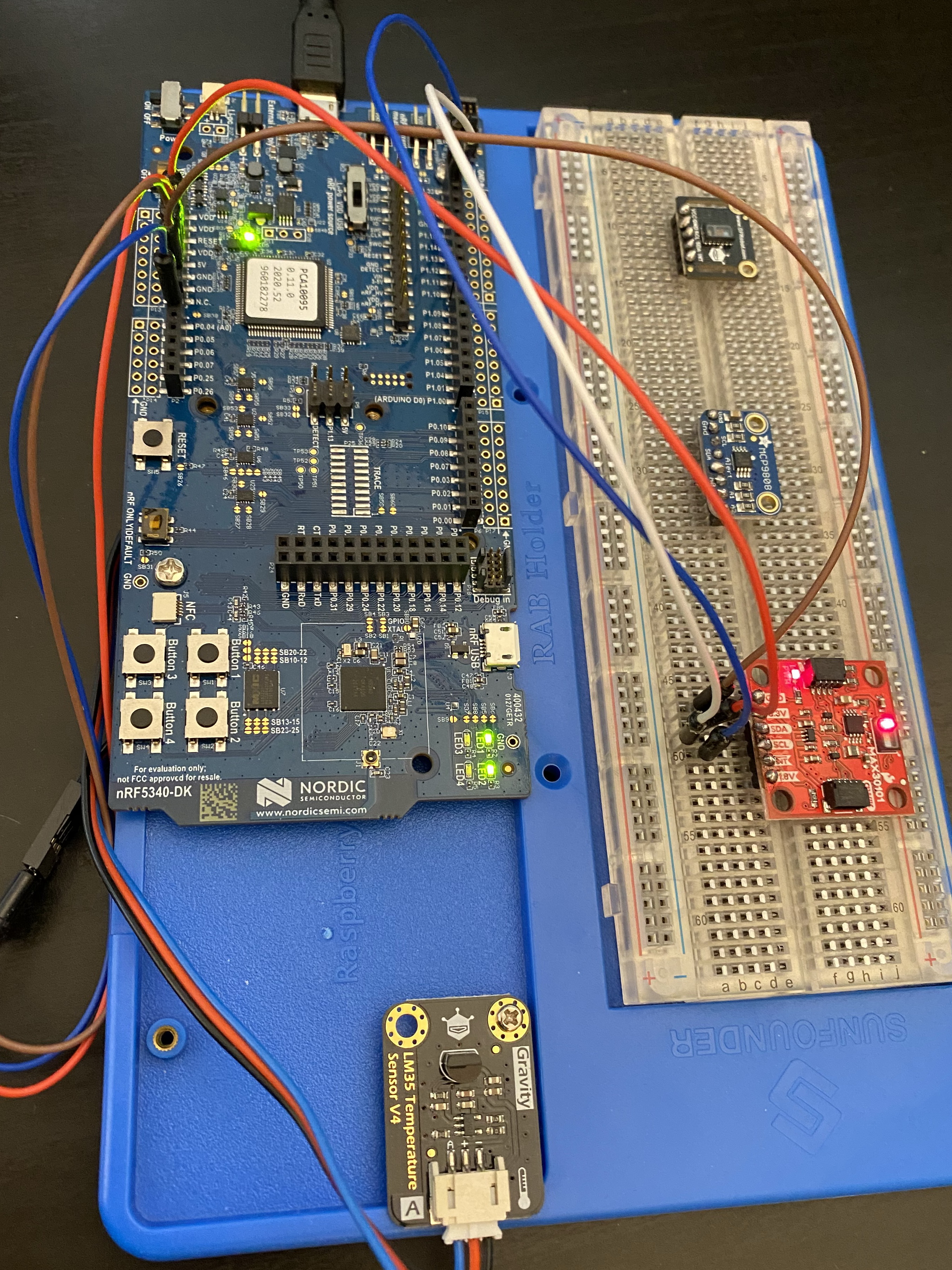
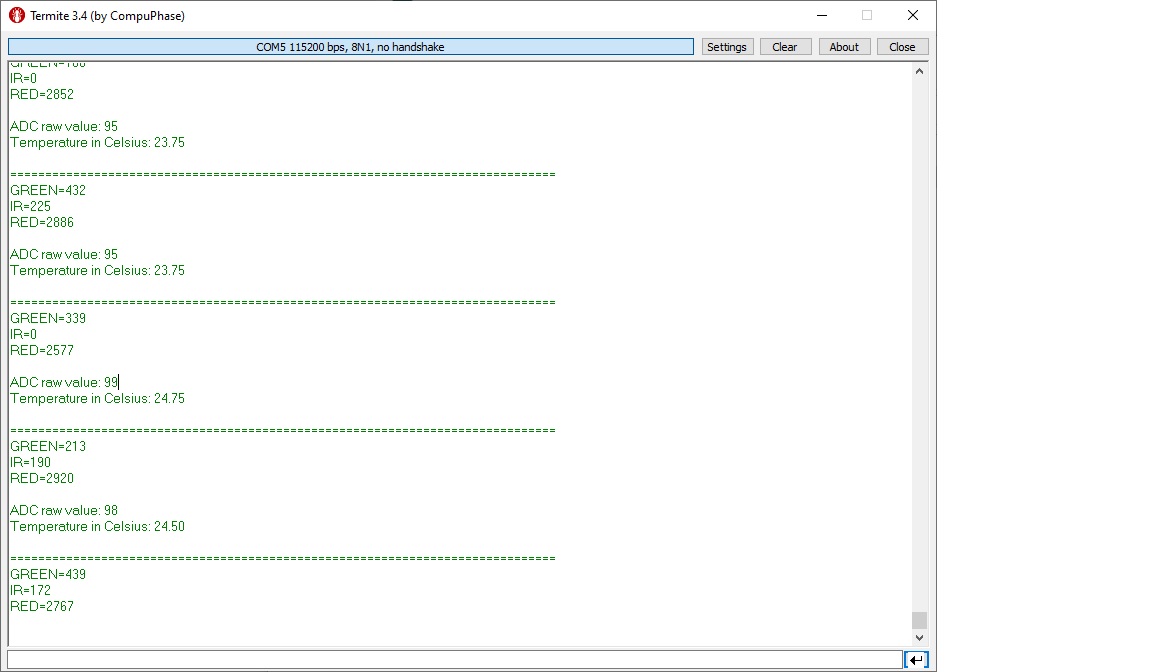
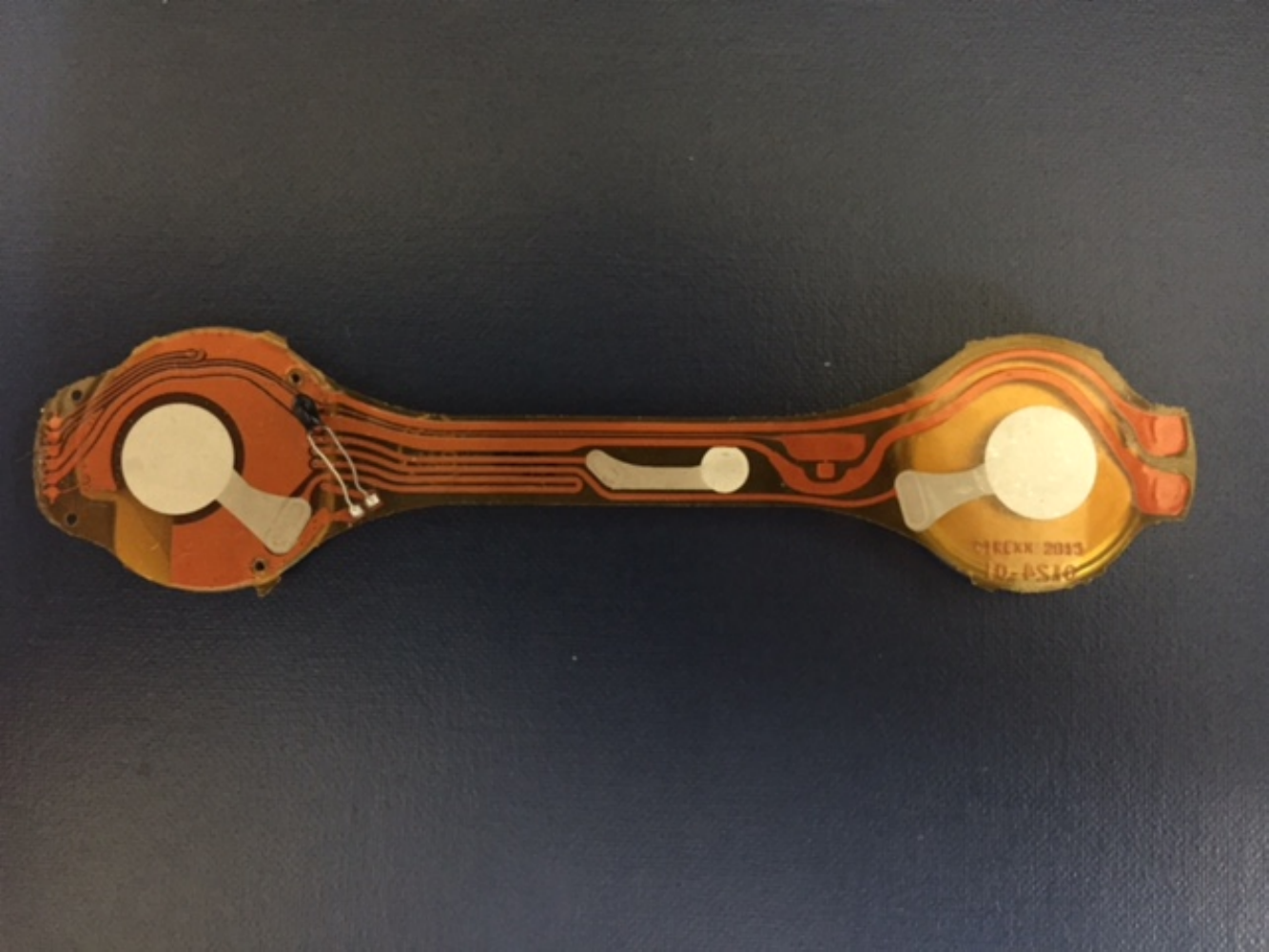
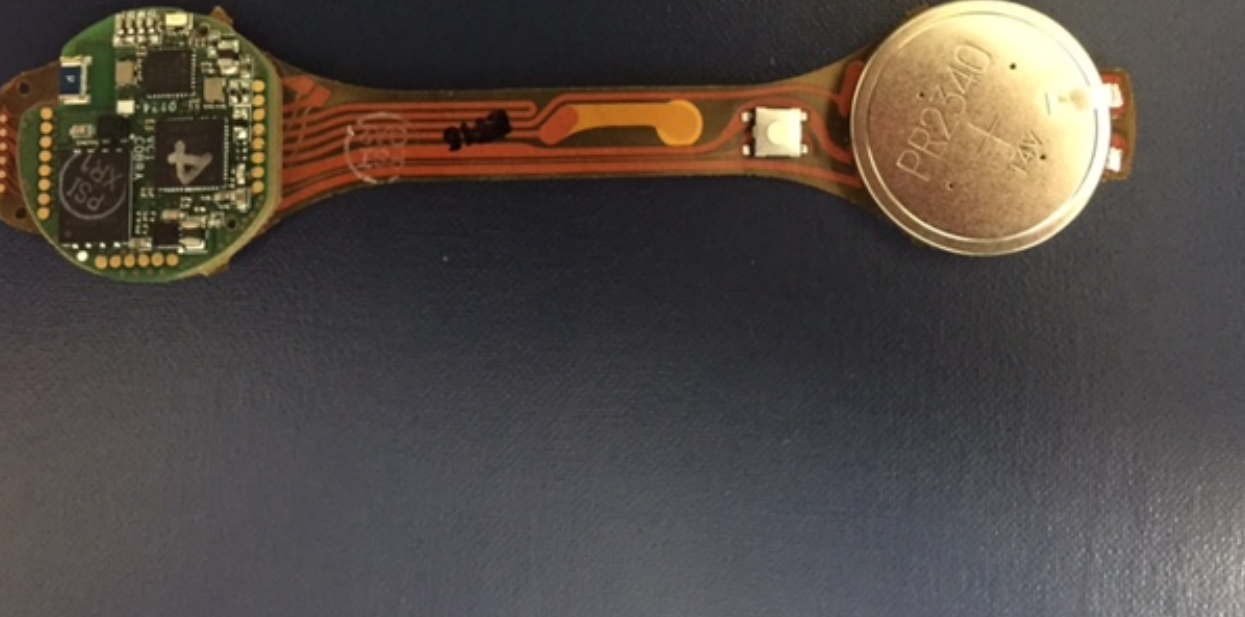

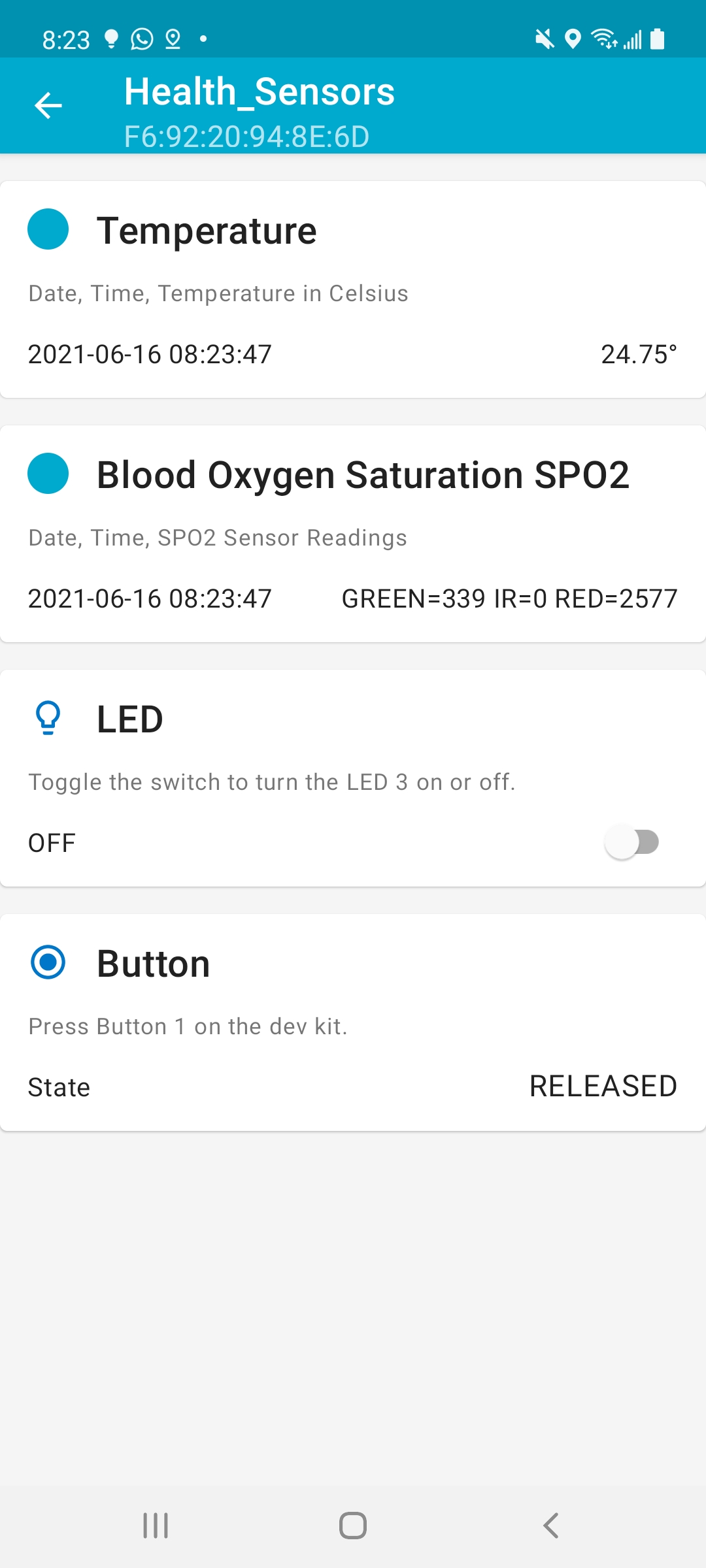

Comments
Please log in or sign up to comment.